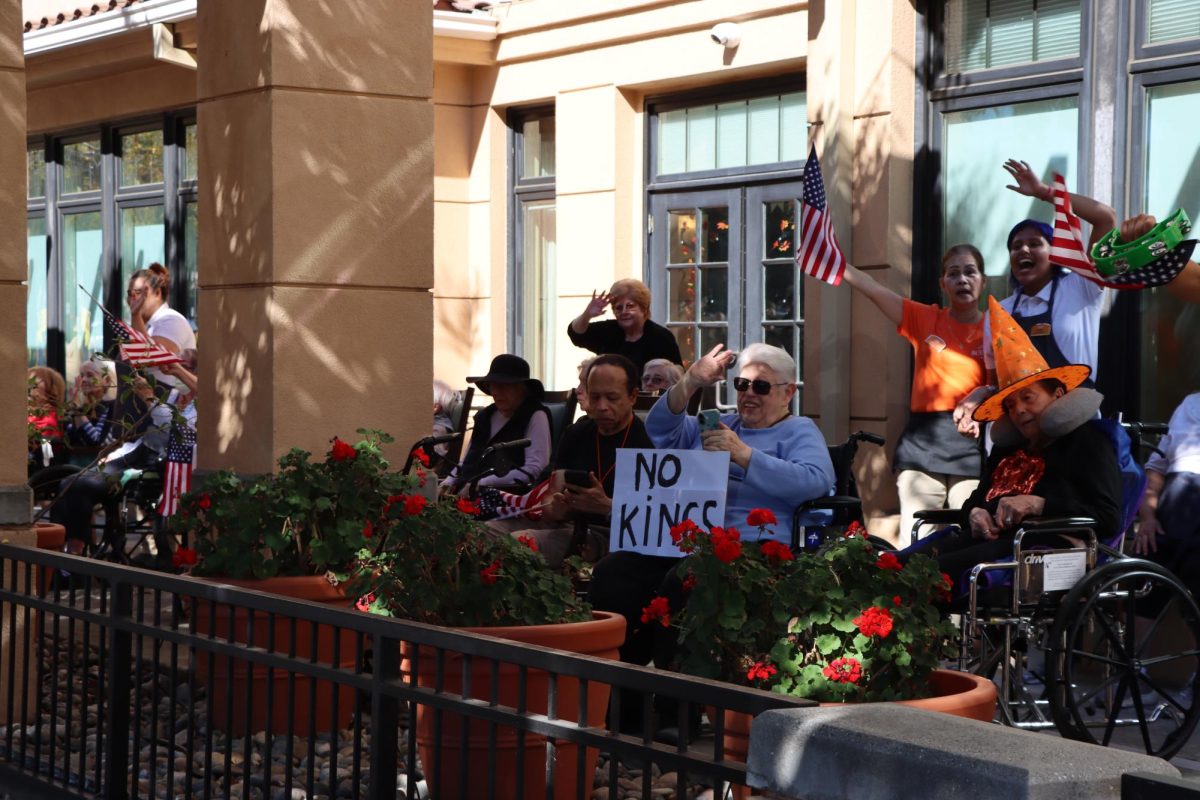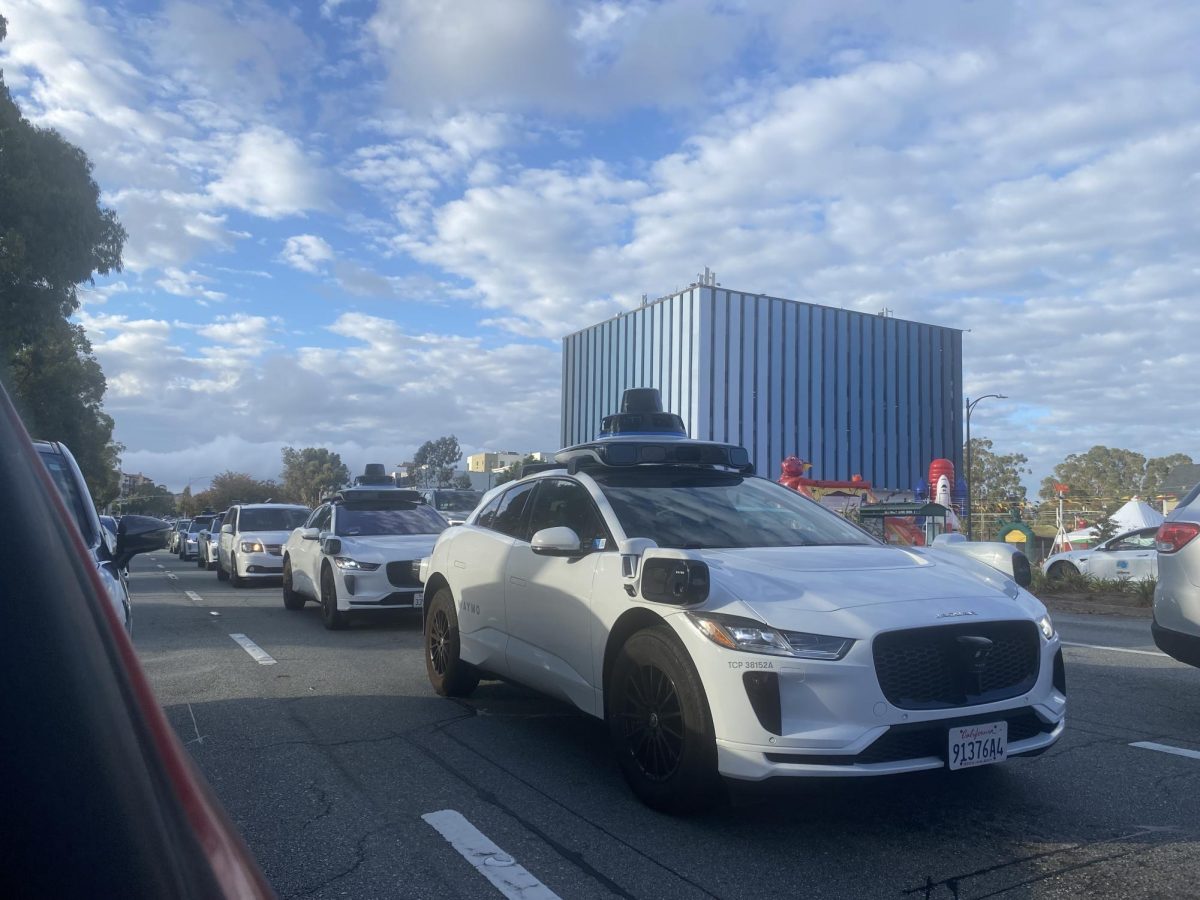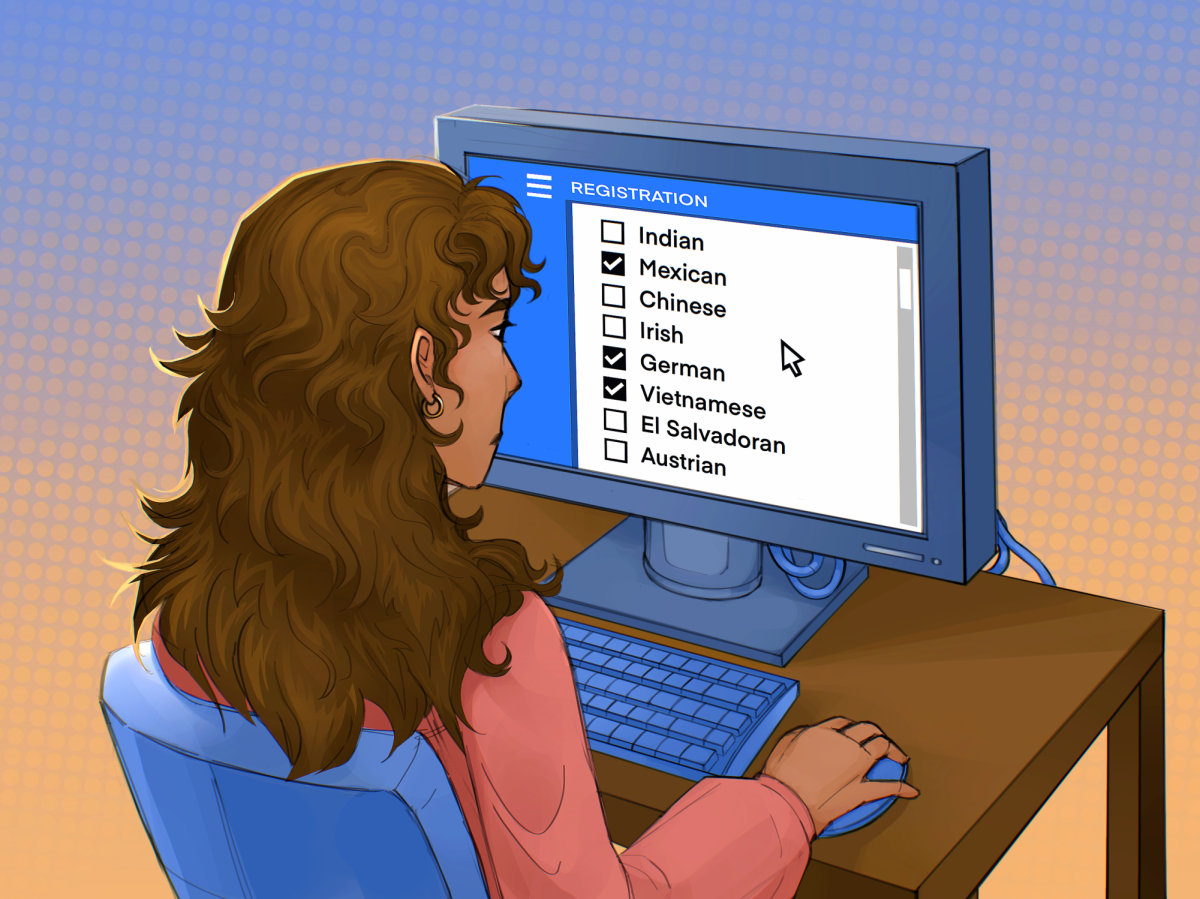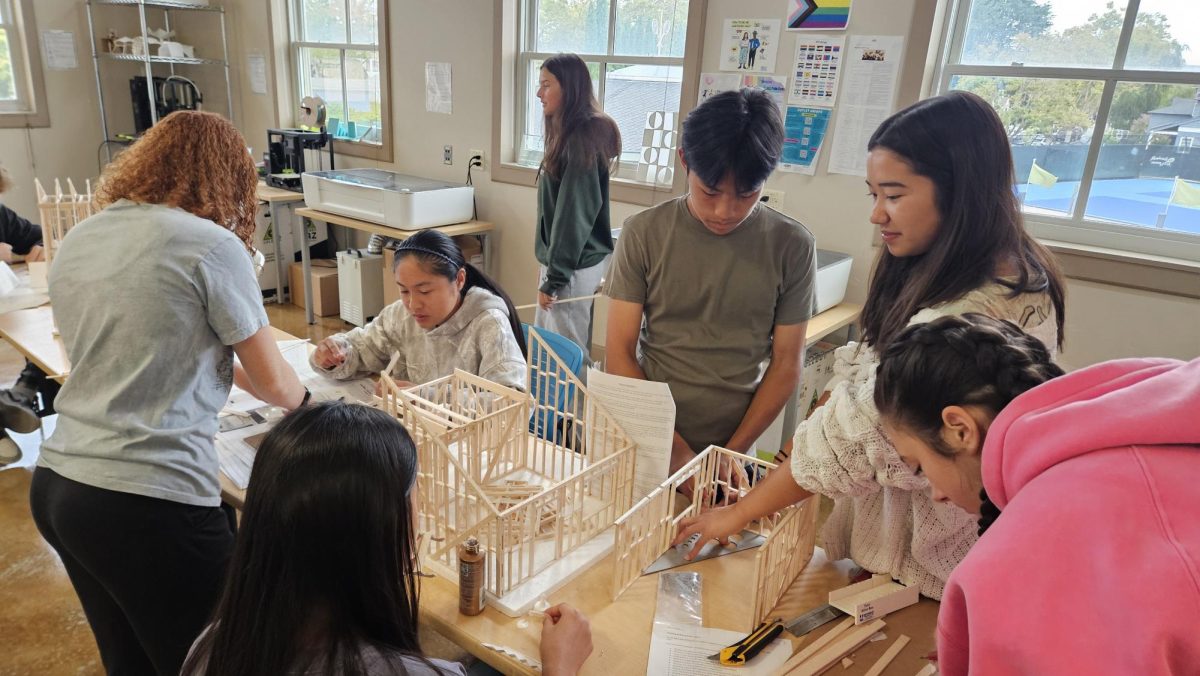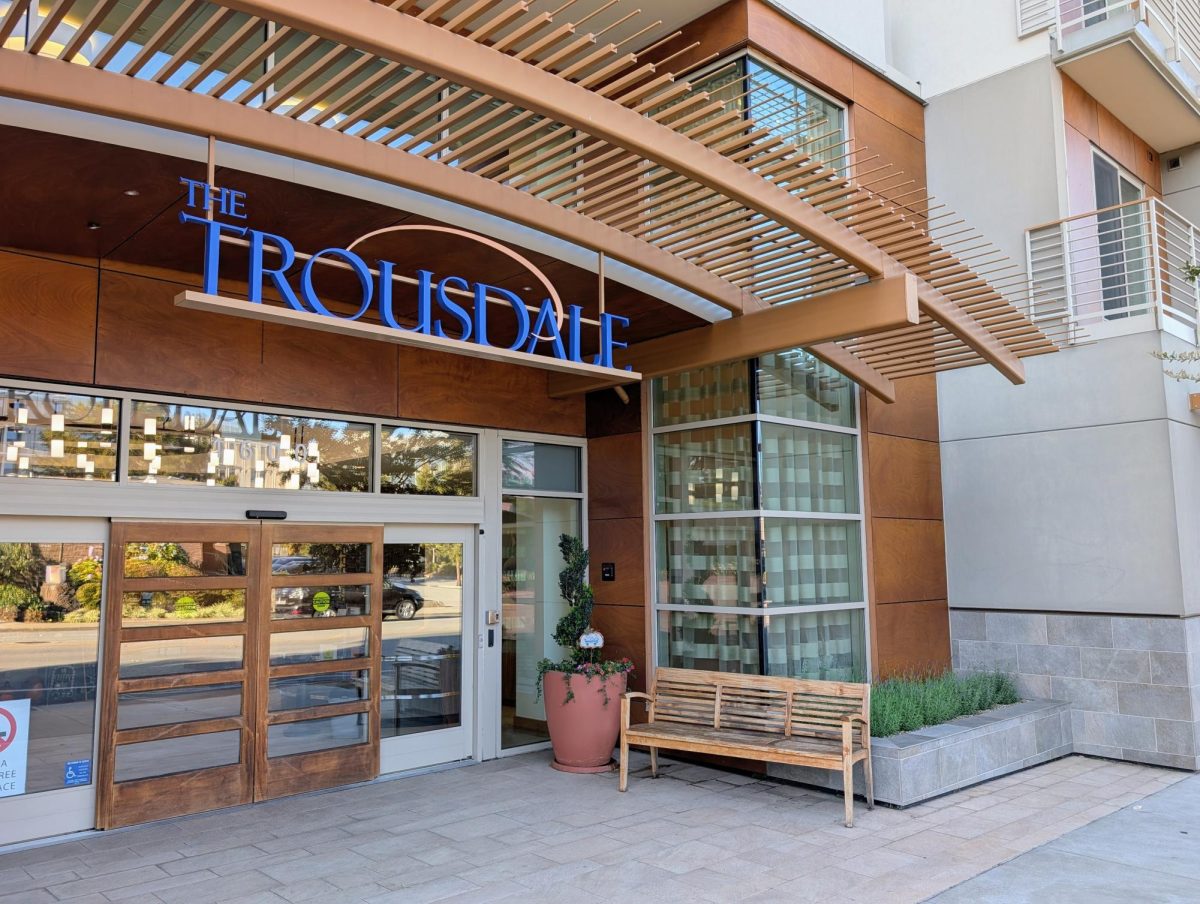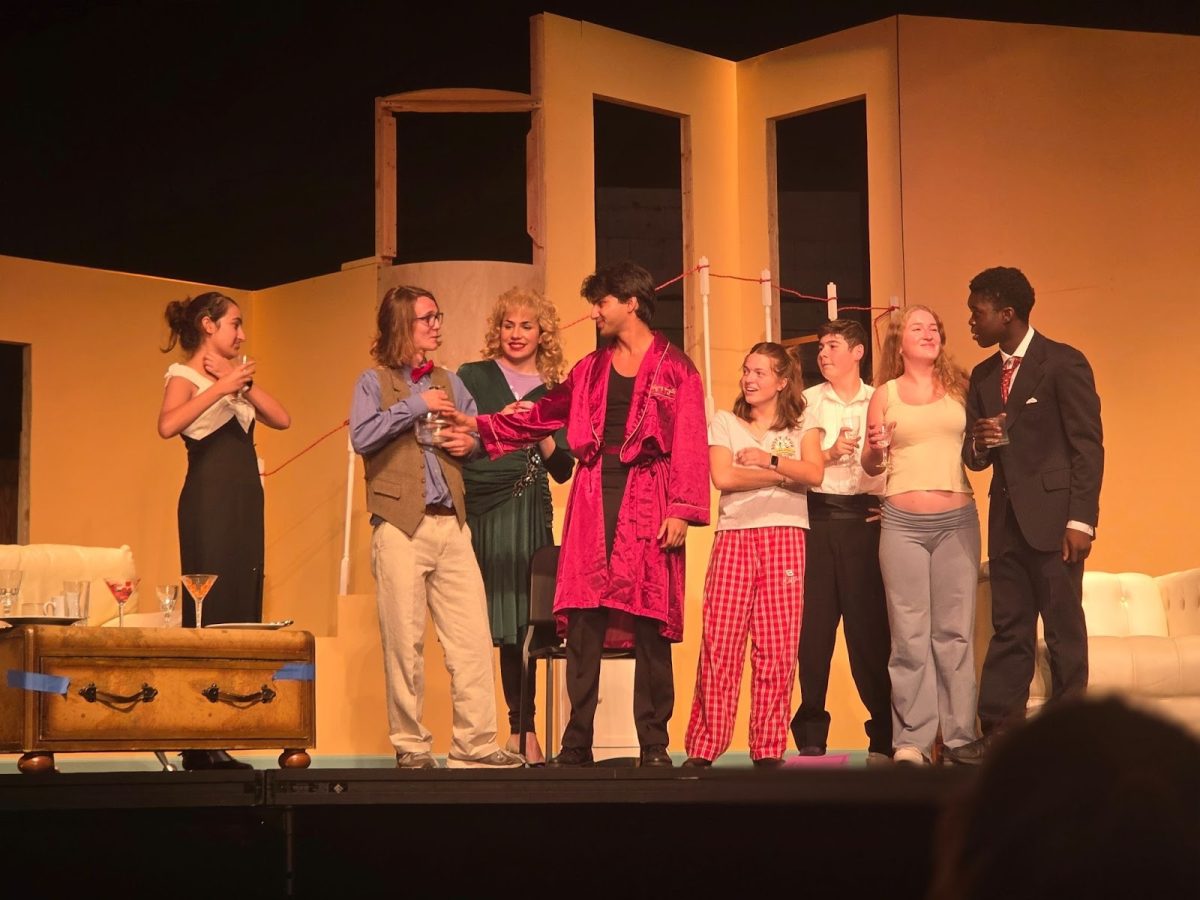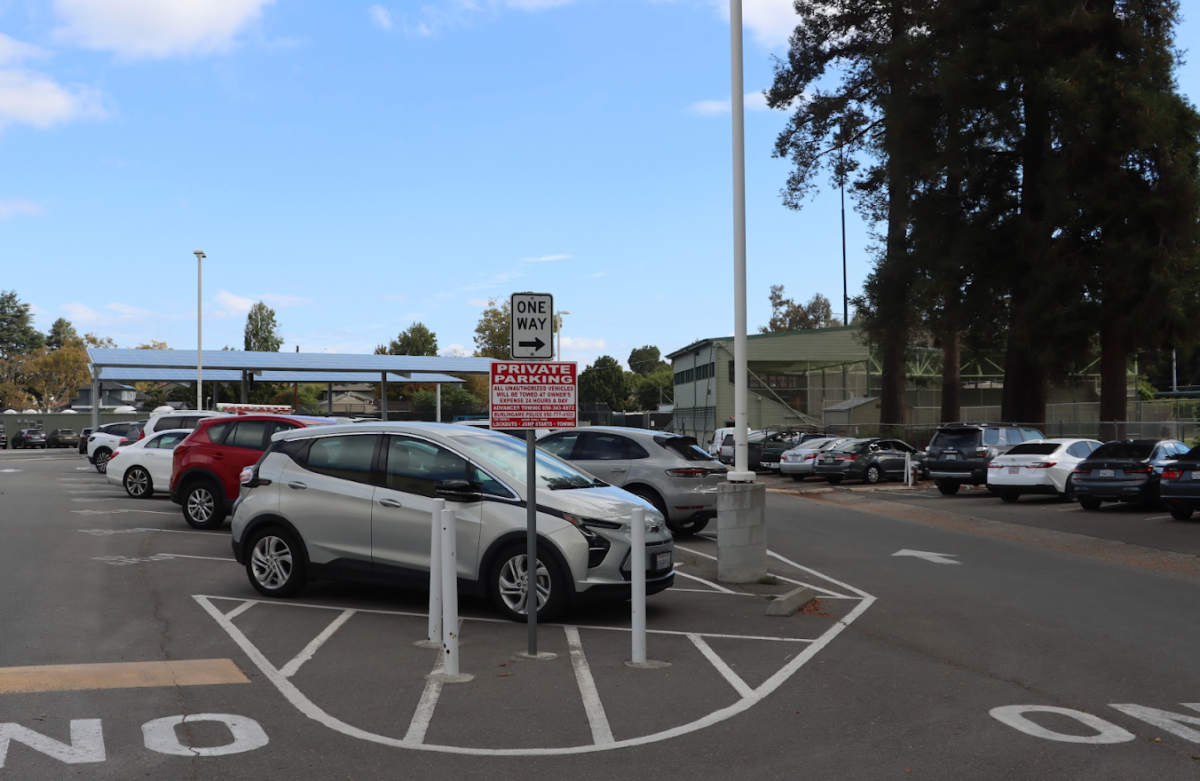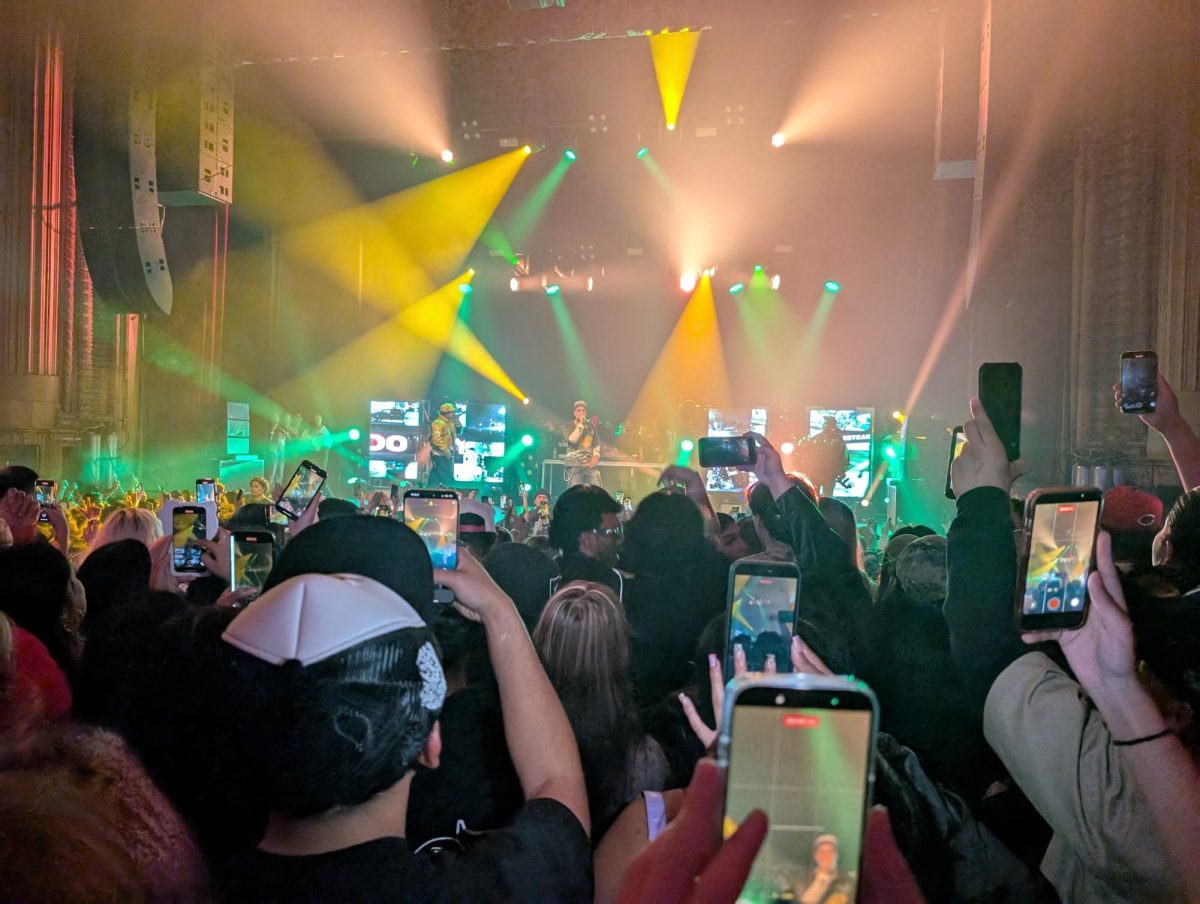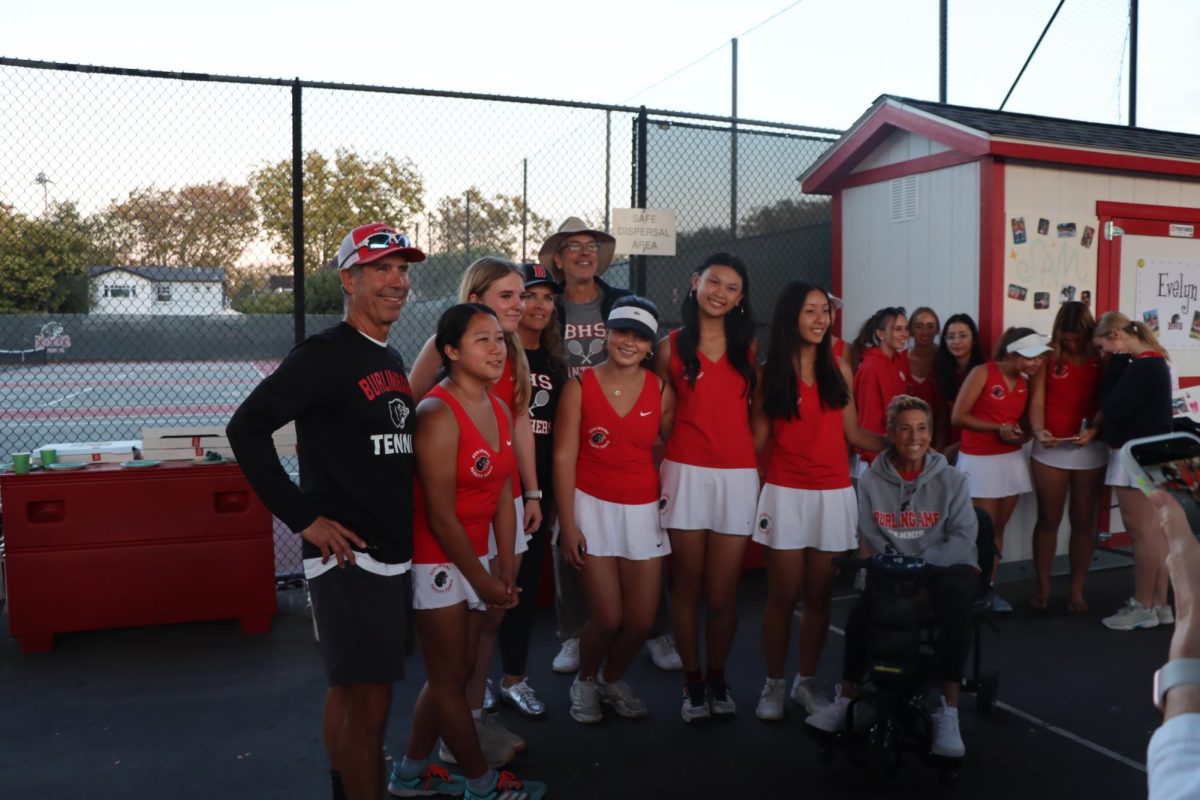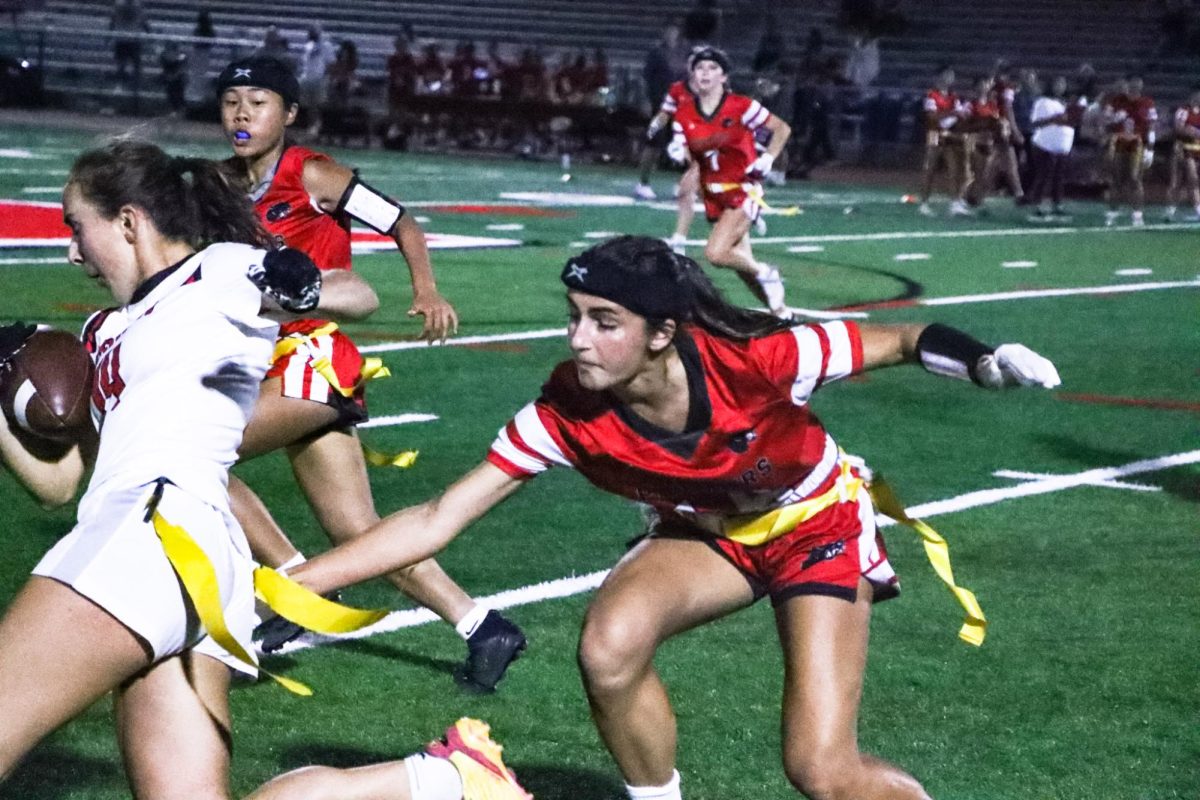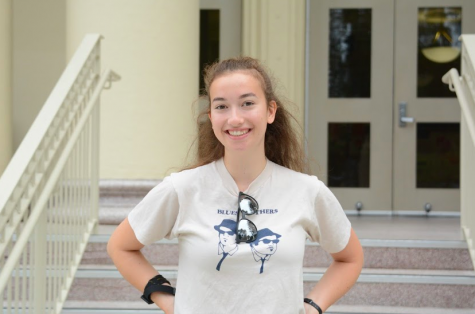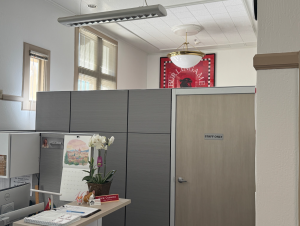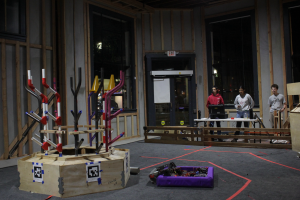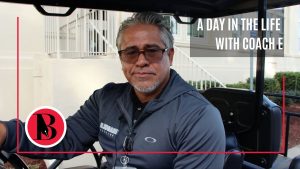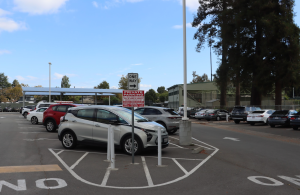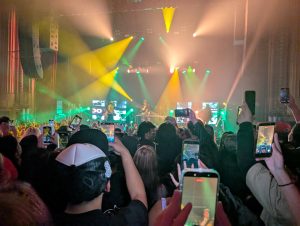Giving a voice to LGBTQ+ students
April 22, 2017
Today, April 21, is the Day of Silence, so named because students vow to remain silent throughout the day in solidarity with LGBTQ+ students bullied into silence. As this day approaches, students across the country reflect on whether LGBTQ+ students have a voice at their schools, whether the student body and administration are welcoming and respectful, and ultimately, whether these students are supported.
At first glance, a statistic from the Healthy Kids Survey seems to answer these questions. Last year, 80 percent of current sophomores stated that they believe Burlingame High School is safe for LGBTQ+ students. It is important to remember that this data reflects student perceptions and does not always reflect the reality for LGBTQ+ students.
“When you have an opinion survey like that, it’s a reflection of people’s perspectives, and that’s not the same as ‘do you feel safe at this school,’” Viva Freedman, President of the Gay-Straight Alliance (GSA) Club, said.
One should note that “safety” can take on many forms, and the individual perspective on “safety” may be different in the eyes of a student who is heterosexual versus a student who is not.
In Freedman’s experience, the level of safety at BHS improved from previous years, yet still has a ways to go. As far as she is aware, physical violence against LGBTQ+ youth does not take place at BHS. Still, that does not mean that LGBTQ+ students do not face adversity.
“Maybe we don’t get physically abused, maybe we don’t get pushed against lockers, but it’s not a very inclusive, very inviting environment,” Reina Ashley Nomura, former Co-President of the GSA, said (she transferred to Middle College this year).
During the past year, the GSA has stopped holding weekly meetings due to a lack of attendance, which the leaders of the club attribute to social pressures to stay closeted.
“A lot of people don’t feel comfortable with their peers, and that’s why we don’t have a lot of people actively coming out or revealing anything,” Freedman said. “I’ve had friends in the last few months who’ve come out and lost all their friendships … That doesn’t sound ‘safe’ to me … if you reveal something about yourself and it affects your relationships with other people.”
As of now, the GSA is essentially an active club only on paper. Frustration due to inaction, however, is not a new feeling for those involved with the club.
“We wanted to make a difference in our community, but we also had very little presence in our own school,” Nomura said in reference to last year.
She explained that members in the previous year had multiple ideas for maintaining a schoolwide presence: creating infographic posters, selling bracelets, doing fundraisers for the Trevor Project (a suicide hotline for LGBTQ+ youth) and Gay Lesbian Straight Education Network (GLSEN), and writing curriculums on gay history. None of these ideas were carried out, and the leaders of the club believe that the blame lies with both poor organization and a floundering club existence, in part due to a lack of support.
“The thing about clubs that center around a certain identity is lots of people don’t join just because they don’t identify,” Nomura said. “Everyone can rally around mental health and homeless youth, but I think a lot of people feel like joining a GSA, you have to be gay. And, especially at BHS, there are hardly any out kids, so straight allies are really important. And we didn’t have very much, or at least if they were there, we didn’t know them.”
According to the leaders of the GSA, much of the subtler social conflict surrounding the LGBTQ+ community often goes unnoticed by teachers. Last year, people in charge of the plans for the Day of Silence sought to use it to make a statement regarding universal bullying; this vision conflicted with the GSA’s stance on the origins of the event.
“I get the importance in saying that we should fight all bullying at the same time, but the fact is that the Day of Silence was originally created for queer students,” Nomura said. “Covering that up bothered us, and we wanted to make sure that it was clear that the Day of Silence was created for queer students. Having to fight that in a school in Burlingame, well, I was honestly shocked that we had to do that.”
However, some teachers and members of the administration do provide helpful support for LGBTQ+ students.
“I had a teacher that I went to talk about my pronouns, and just that I wanted to use male pronouns,” Drew Riviello, a transgender sophomore, said. “She really supported me and told me that I was in a safe place.”
On the other hand, the treatment of some LGBTQ+ students in social settings ranges from passive apathy to outright bullying. Kijani Schubert, a non-binary identifying sophomore who uses the pronoun they and recently transferred to Skyview Therapeutic High School, explained how they responded to bullying in their freshman year.
“I didn’t really feel like I had a voice against it,” Schubert said. “Then [the bullies] would be like, ‘it’s just a joke, why can’t you take a joke’ … It made me feel angry and depressed, and that’s partially why I am where I am now.”
Nomura and Freedman spoke of the need to facilitate conversations in the Burlingame community. San Francisco is known throughout the world as the mecca of social activism and tolerance. According to Nomura, Burlingame’s proximity to the city fuels a culture of complacency.
“I think, especially in the Bay Area, we’re in such a bubble that everyone kind of believes, ‘oh everyone’s liberal, we’re all okay with this stuff,’ that no one bothers to tackle these issues. It’s like a ‘it’s not happening here so we don’t need to talk about it’ kind of thing,” Nomura said.
Nomura recognized that part of the freshman health class curriculum involves a dialogue on sexual orientation and gender identity, yet she asserted that a single powerpoint and a fill-in-the-blank worksheet are not enough resources to cover the depth of this topic and its history.
“It’s someone’s history, and not talking about someone’s history is denying their validity and who they are, and that’s just ridiculous,” Nomura said.
Likewise, Riviello explained that he had had a positive reaction to the posters hung up around the school that say “This School Welcomes … students who are LGBT.” He did admit, however, that he feels there needs to be more representation of non-heteronormative and non-cisgender students on campus than just a few posters.
For now, LGBTQ+ students must provide support for one another when there is underrepresentation in the wider student body, according to Freedman. Yet without an active GSA, Freedman worries that LGBTQ+ students will not be able to form this system of protection.
Regardless, these students share a common belief that change needs to happen.
“We need to break down any pressures that prevent people from feeling safe and feeling that they can be open,” Freedman said.

